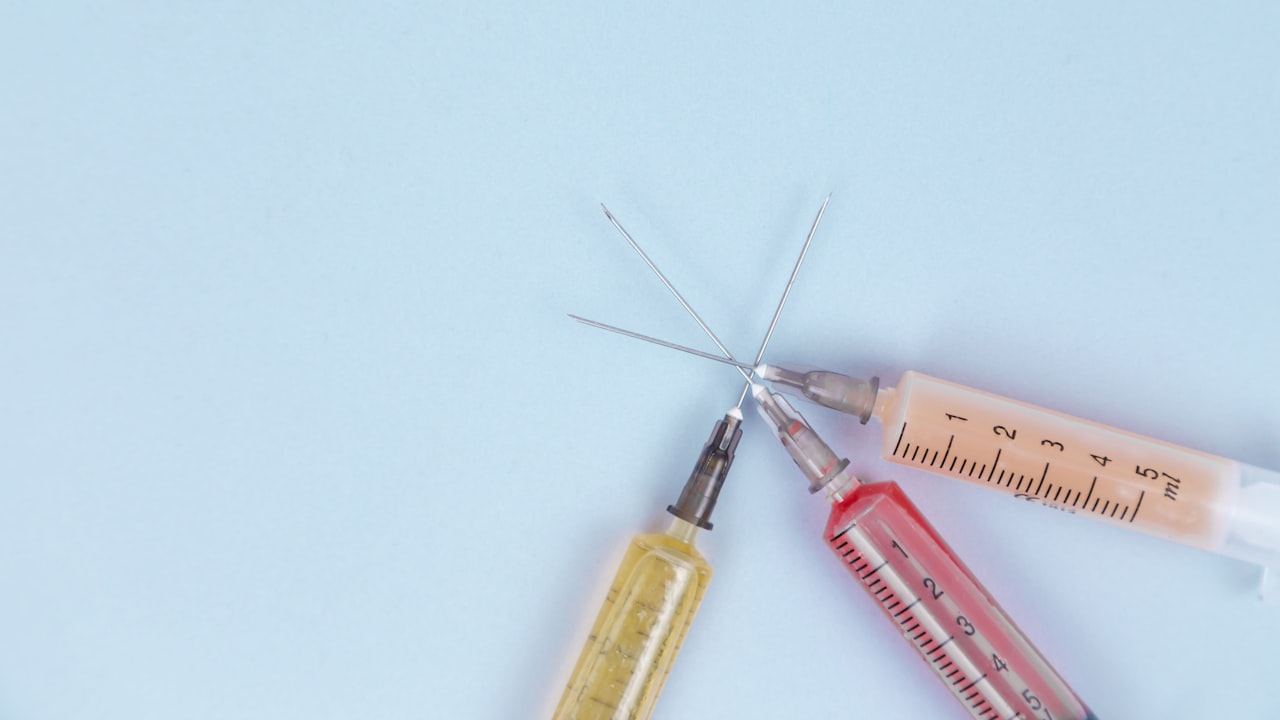 Title: Designing Efficient Injection Molds: Key Factors for Success
Title: Designing Efficient Injection Molds: Key Factors for Success
Injection molding is a critical process in the manufacturing industry, providing a cost-effective and efficient way to produce high volumes of plastic parts. The design of the injection mold plays a crucial role in determining the quality of the final product and the overall success of the production process.
When it comes to designing efficient injection molds, there are several key factors that injection mold factories and suppliers need to consider. One of the primary considerations is the material selection for the mold. The material used must be able to withstand the high temperatures and pressures of the injection molding process while also being durable enough to withstand repeated use. Common materials used for injection molds include steel, aluminum, and hardened tool steel, each with its own set of advantages and disadvantages.
Another important factor in designing efficient injection molds is the mold flow analysis. This process involves simulating the flow of molten plastic inside the mold to identify potential issues such as air traps, weld lines, and sink marks. By conducting a thorough mold flow analysis, injection mold factories can optimize the design of the mold to minimize defects and ensure that the final product meets the required specifications.
In addition to material selection and mold flow analysis, proper cooling design is also essential for efficient injection molding. Inadequate cooling can result in uneven cooling rates, leading to warpage, shrinkage, and other defects in the final product. By designing an efficient cooling system with strategically placed cooling channels, injection mold factories can improve cycle times, reduce energy consumption, and enhance the overall quality of the molded parts.
Furthermore, communication and collaboration between the injection mold factory, mold designer, and customer are vital for the success of the project. Clear communication of requirements, expectations, and feedback throughout the design and production process can help identify potential issues early on and ensure that the final injection mold meets all specifications.
In conclusion, designing efficient injection molds requires careful consideration of material selection, mold flow analysis, cooling design, and effective communication. By addressing these key factors, injection mold factories and suppliers can optimize the production process, minimize defects, and deliver high-quality plastic parts to their customers.
